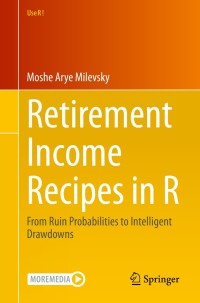6. Cash-flow statement Sam and Joan Wallingford have been married for two years. They have been trying to save but feel that there is never anything leftover after expenses. Joan is taking a night course on personal finance, and she suggested that they prepare a cash-flow statement for the year ended December 31, 2016. Use the worksheet that Sam and Joan provided plus the additional information to fill in the missing amounts on the Wallingford's cash-flow statement for the year ended December 31, 2016. (Note: Round percentages to one decimal place, and dollar amounts to the nearest whole dollar. If your answer is negative, use a minus sign.) Sam and Joan put together the following worksheet. Cash payments: Rent $1,307 $26,000 24,700 3,900 School Loan 165 Train pass (year) 900 Cash received & income taxes: Sam's salary Joan's salary Sam's bonus Apple dividend Savings interest Income taxes: Sam 19 315 Car loan payment Auto insurance (year) 16 330 220 Puget Sound Energy Vonage 4,680 105 Joan 4,446 Here is some additional information: For income items, they know yearly amounts. For some expenses, they know the annual amount (for example, Joan's annual commuter-train pass). They listed those amounts and noted them as such, Unfortunately, for other expenses, they provided the payment they made last month, stating that the amount doesn't change much from month to month Based on their employer-provided health insurance, they incur a copay of $15 per visit. They estimated that they saw the doctor (combined) 3 times during the year. Sam estimated that he spends about $60 a week on gas and maintenance for their two cars, and he takes out $100 for spending money every week. Joan estimated that she spends about $100 a week on groceries and $175 a month on clothing. She never has cash and uses her credit cards for everything. They went on a Disney Cruise that cost $1,975; they took an additional $500 for spending. That was their only vacation, Cash-Flow Statement Name: Sam and Joan Wallingford Date: For the year ended December 31, 2016 Dollars INCOME Sam's salary 26,000 Joan's salary 24,700 3,900 Sam's bonus Interest and dividends Total Income EXPENDITURES Fixed Expenses 4,680 4,446 Rent expense Sam's income taxes Joan's income taxes Automobile loan payment Education loan Phone Transportation Automobile insurance and registration Total fixed expenses Variable Expenses 900 330 $ Food $5,200 Utilities Gasoline and maintenance V Joan's salary 24,700 Sam's bonus Interest and dividends 3,900 Total Income EXPENDITURES Fixed Expenses Rent expense 4,680 Sam's income taxes Joan's income taxes 4,446 Automobile loan payment Education loan Phone 900 330 Transportation Automobile Insurance and registration Total fixed expenses Variable Expenses Food $5,200 2,475 Utilities Gasoline and maintenance Vacations Clothing Miscellaneous (Sam's withdrawals) Medical expenses Total variable expenses Total Expenses SURPLUS (DEFICIT) 5,200 45 $ $ $ Based on this cash-flow statement, Sam and Joan have a cash In and out their bank balance should have by for the year. This means that if they accounted for all of their cash flows from December 31, 2015 to December 31. 2016









